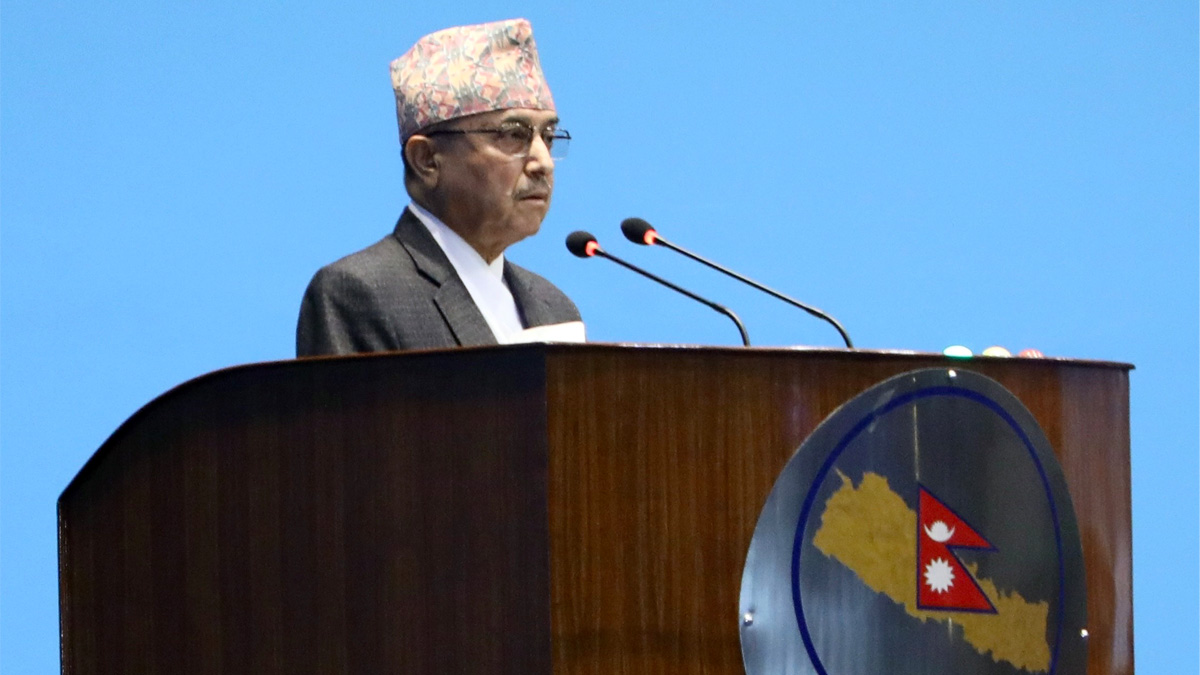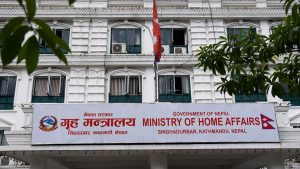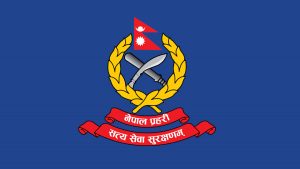
Nepali army size determined by national needs and Global context: DPM Khadka

Deputy Prime Minister and Minister for Defence Purna Bahadur Khadka has said the national needs and international contexts are the bases of determining the number of Nepali armies. According to the Minister, the fixation on the number of NA personnel is not absolute.
While responding to questions in regard to budget allocations to the Ministry of Defence and subordinate bodies for the fiscal year 2023-24 in a meeting of the House of Representatives today, the Deputy Prime Minister said the size of the NA force was determined based on its constitutional responsibilities, the duties and responsibilities allocated by the government, requirements of the international peacekeeping mission, nation’s geography and the remoteness.
Talking about the legal provision for the fixation of the NA size by the government on the recommendation of the National Security Council, the Minister pledged to enhance the competency of the NA force and further strengthen the institution as per the need of the nation.
“The NA is always committed to its duties and responsibilities defined by the Constitution,” the Defence Minister said external attacks, internal conflict, terrorism, economic crisis, pandemic, climate change and its consequences lately posed additional security challenges in the world.
“The National Security Policy has been implemented in a bid to address all sorts of security challenges in the country,” he said, emphasizing the need for a common understanding and approach among political parties, society, communities, government agencies and other organisations on national security- like a sensitive issue. As he said, it is imperative to deal with the national security issue from a broader national perspective to promote national security.
The government is committed to maintaining consistency among the economic policy, foreign policy and other policies of the nation to implement the national security policy effectively, according to the Minister.
Defence Minister Khadka informed the parliament that around 10,000 Army personnel have been mobilised at 12 national parks, one wildlife reserve and one hunting reserve of the total 20 protected areas.
The Army is manufacturing ammunition and explosive materials from ammunition manufacturing factories at Bhimphedi and Sunachari in Makawanpur district, and Swayambhu and Sundarijal in Kathmandu district, according to the government.
Praising the NA for its contribution to the search and rescue efforts, relief distribution and rehabilitation of victims during disasters and accidents, various programmes have been prioritised and run to enhance their efficacy to respond to disasters in a bid to make preparedness, and search and rescue efforts as well as relief distribution effective, informed DPM Khadka.
Out of the total 5,850 physical infrastructures to be constructed to provide basic housing facilities to Army personnel, construction of 3,722 has been completed. For the project, Rs 1.8 billion has been allocated for the next fiscal year, 2023/24.
Minister Khadka said the government was committed to managing the required resources for the Army to fulfil its duty as specified in the constitution while modernizing and making the institution professional with time.
As he said, the implementation of the 72.5 kilometres Kathmandu-Terai/Madhesh Fast Track (Expressway) Road Project undertaken by the NA is taking place under 13 packages and it reports 23.45 physical progress and 25.4 per cent fiscal progress till mid-June. According to the Minister, the government has allocated Rs 22.50 billion to the project for the fiscal year 2023-24.














Comments